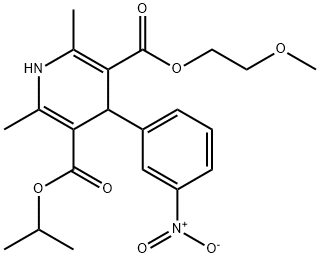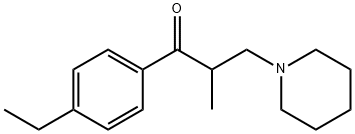PRODUCT Properties
| Boiling point: | 113-114 °C30 mm Hg(lit.) |
| Density | 0.984 g/mL at 25 °C(lit.) |
| vapor pressure | 17.7Pa at 25℃ |
| refractive index | n |
| Flash point: | 206 °F |
| storage temp. | Keep in dark place,Inert atmosphere,Room temperature |
| solubility | Chloroform (Slightly), DMSO (Sparingly), Ethyl Acetate (Slightly), Methanol (Slightly) |
| pka | pKa 3.46 (Uncertain) |
| form | Oil |
| color | Light Yellow to Yellow |
| Water Solubility | 1000g/L at 25℃ |
| Merck | 13,1181 |
| LogP | 0.68 |
| CAS DataBase Reference | 5638-76-6(CAS DataBase Reference) |
| EPA Substance Registry System | 2-Pyridineethanamine, N-methyl- (5638-76-6) |
Description and Uses
Betahistine is an analogue of histamine with weak agonist properties at histamine H1 receptors and more potent antagonistic effects at histamine H3 receptors.
This drug is broadly used worldwide, except for the USA, since it has not been approved by the US Food and Drug Administration. Betahistine is a structural analog of histamine that acts as a weak partial postsynaptic histamine H1 receptor agonist and presynaptic H3 receptor antagonist, with no effect on postsynaptic H2 receptors (Gbahou et al, 2010). The mechanism of action of the drug appears to depend mainly on its action on H3 receptors mediated by two metabolites, aminoethylpyridine and hydroxyethylpyridine (Bertich et al, 2014).
Anti - Vertigo/Anti-Nauseants/Antiemetics
Safety
| Symbol(GHS) |  GHS07 |
| Signal word | Warning |
| Hazard statements | H315-H319-H335 |
| Precautionary statements | P261-P264-P271-P280-P302+P352-P305+P351+P338 |
| Hazard Codes | Xi,C |
| Risk Statements | 36/37/38 |
| Safety Statements | 26-37/39 |
| WGK Germany | 2 |
| RTECS | UT5552000 |
| Hazard Note | Corrosive |
| HS Code | 2933399990 |





![Cytidine5'-?(trihydrogendiphosphate)?,P'-?[2-?(trimethylammonio)?ethyl]ester,innersalt](https://img.chemicalbook.com/CAS/GIF/987-78-0.gif)